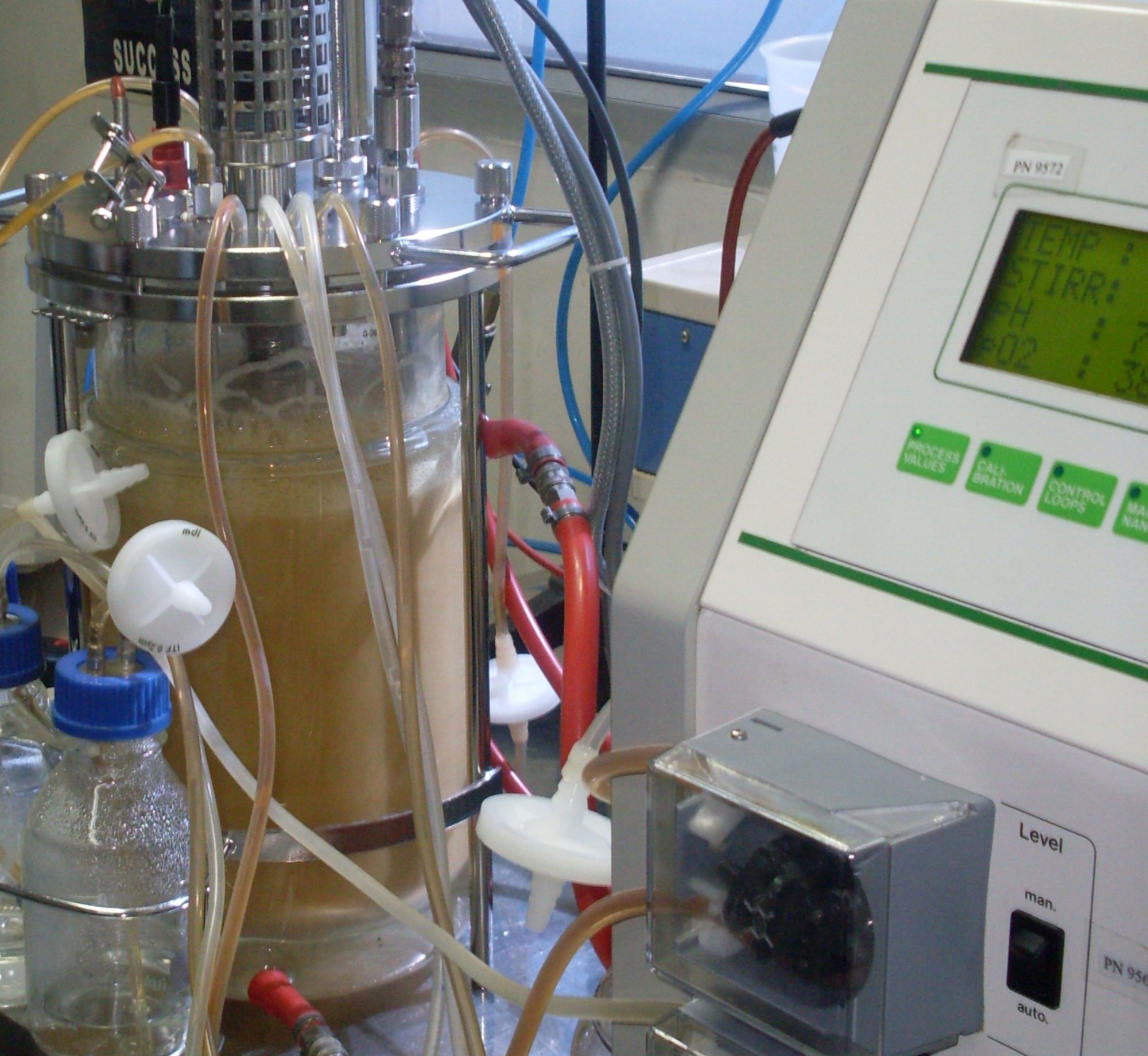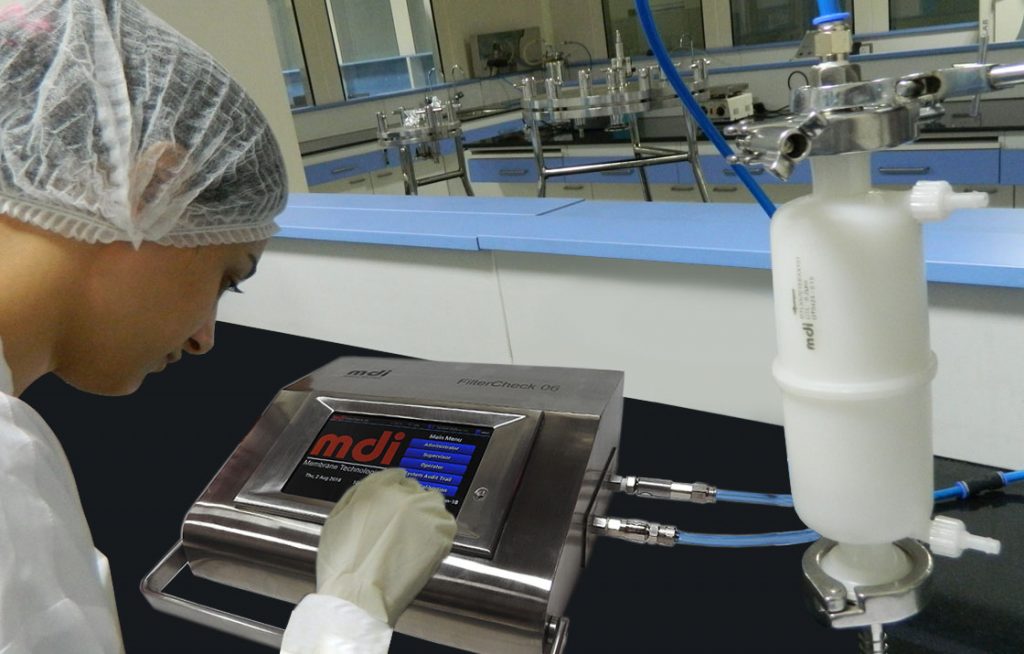Manufacture of sterile drug products using sterilizing filters mandates that the drug product is filtered through an integral filter, failing which passage of microbial contamination is an eventuality that poses a high risk to the patient. Regulatory bodies such as US Food and Drug Administration (USFDA) and European Medicines Agency (EMA) make it mandatory to carry out post filtration integrity testing of the filter. However, pre-use/ post sterilization integrity testing (PUPSIT) is not an essential requirement by all regulatory bodies.
This has led to a worldwide discussion on the necessity of PUPSIT and different groups have been trying to address other issues taking different approaches.
A latest approach has been to investigate post filtration masking of integrity failure of sterilizing filters due to clogging. It was found that in certain drug products there is a significant increase in the postuse bubble point values over the preuse values that may lead to concealing of possible defects in the sterilizing filter. An article published in PDA Journal of Pharmaceutical Science and Technology Vol.74, Issue 3, May/ June 2020 throws more light on this.
For more information click on https://journal.pda.org/content/74/3/301



